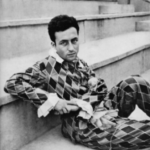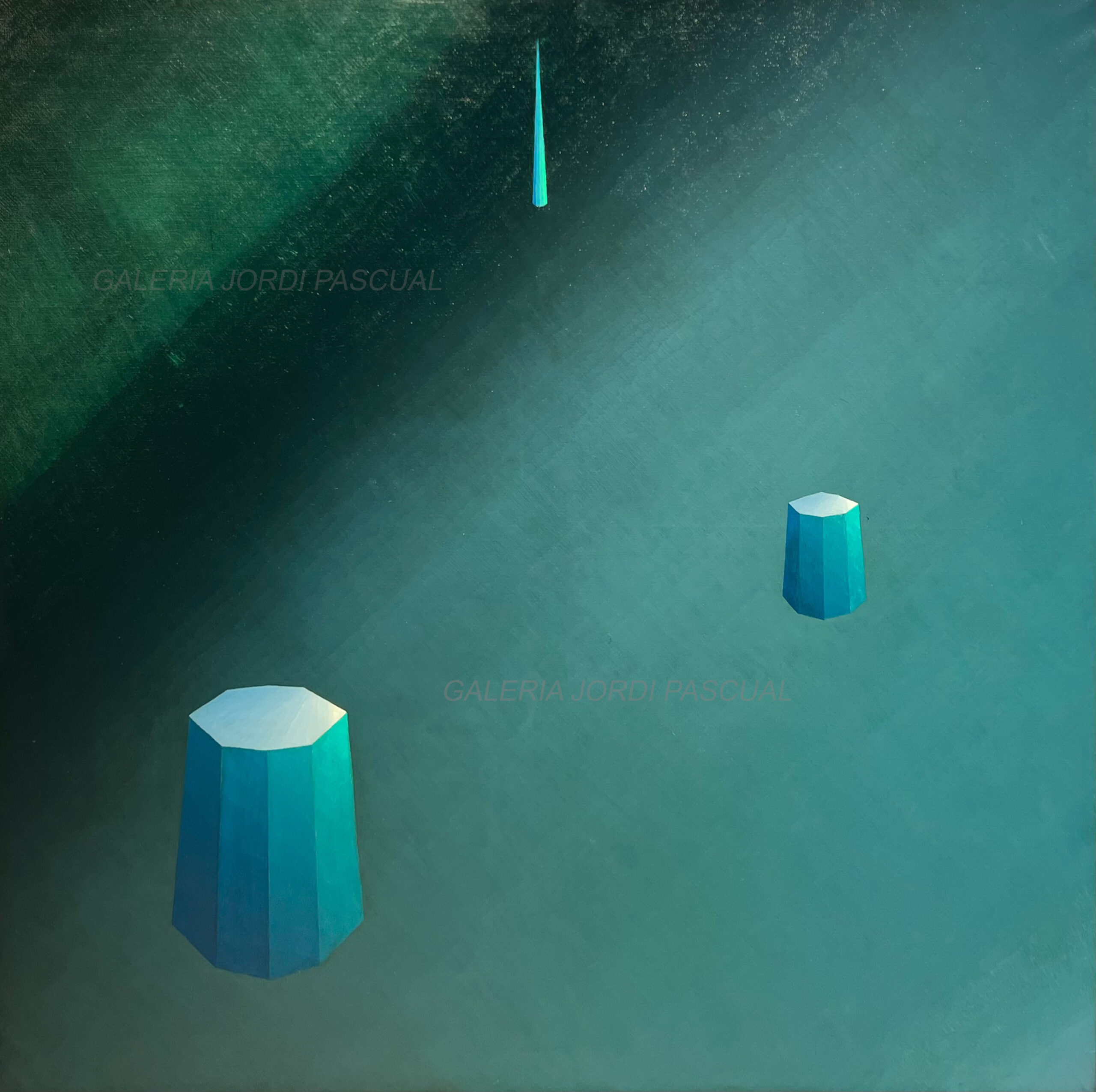Ponç, Joan

Joan Ponç was born in Barcelona in 1927 and died in Saint Paul de Vence in 1984. From an early age he developed an interest in drawing and painting, but it was not until 1943 that he immersed himself in painting, working at Ramon Rogent's studio.
In 1946 Joan Vinyals, an antique dealer who was very interested in the work of Joan Ponç, organized his first exhibition, but it was an absolute failure.
A year later Ponç met the poet J.V. Foix and Joan Brossa. Together with Foix and philosopher Arnau Puig they founded the magazine Algol. It wasn't as successful as they hoped, but it is considered to be an important precedent to the publication Dau al Set.
In 1948 Ponç together with Brossa, Tàpies, Cuixart, Tharrats and Arnau Puig created the magazine and the group Dau al Set constituting one of the first post-war avant-garde movmeents.
Ponç's work, like that of the other members of this group, partook a magical and surrealist figuration, in which the artist's imaginative capacity was evident, a quality that also characterized all of his later production. Ponç was the only member of the group who remained faithful to the spirit of Dau al Set.
In 1949 the French Institute organized an exhibition for Dau al Set, and as a result of this event Eugeni d'Ors invited them to exhibit at the Salón de los Once, together with Dalí, Miró and Torres García. Three years later, Ponç participated in the I Bienal Hispanoamericana de Arte in Madrid.
In 1953 he traveled to Paris, where he met Joan Miró and Brazilian critic Mario Pedrosa. In addition, he took the opportunity to visit museums such as the Louvre and the Jeu de Paumne, seeing for the first time Cézanne's works, which he greatly admired and influenced his later work. At the end of that year, he moved to Brazil where he met Ciccillo Matarazzo, an industrialist and patron of the arts who founded the Museum of Modern Art in Sao Paulo. In 1954 Ponç had a solo exhibition at this museum, which ended up acquiring all the works exhibited.
He then went to live for a short period of time at Selva until 1956, year in which he exhibited again at the Museum of Modern Art in Sao Paulo. After this last exhibition, he retired from painting and spent the next eight years hiding his work from everyone. During this time he made his renown series titled Suite Instrumentos de Tortura, the Suite Pájaros or the Suite Cabezas. In order to support himself during these years he dedicated himself to teaching at the Alvares Penteado School and founding the school of drawing and painting L'Espai. In 1957 however, he was admitted to an asylum.
In 1962 he returned to Barcelona. The René Metrás gallery gave him a retrospective, although he did not like the idea very much, since he did not want to exhibit any more. It ended up being a great success.
The art dealer Fernando Guereta began to take his work and from then on he exhibited in cities such as Frankfurt and New York.
In 1965 he was awarded the Grand International Drawing Prize at the VIII Biennal of São Paulo. During the 1970's Ponç spend the winters in different French villages such as Collioure, Céret and Saint Paul de Vence. During this period he also suffered a serious eye disease and almost went blind. Nevertheless, he continued to paint. This process of physical deterioration had a significant impact on his work.



